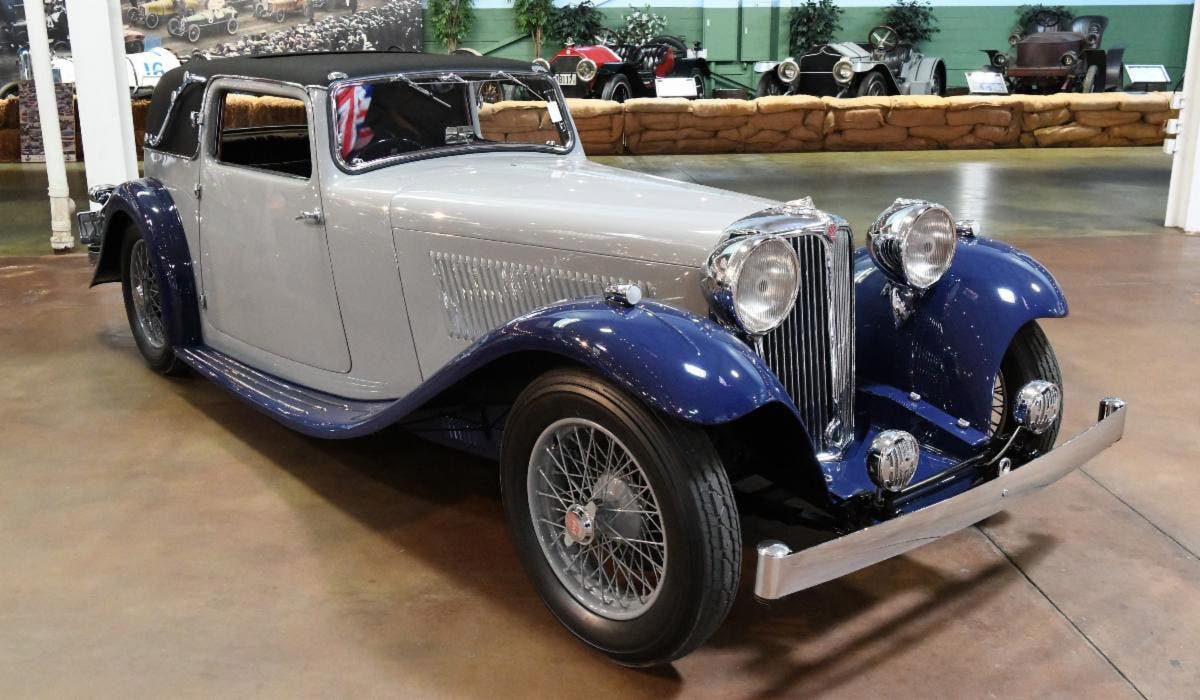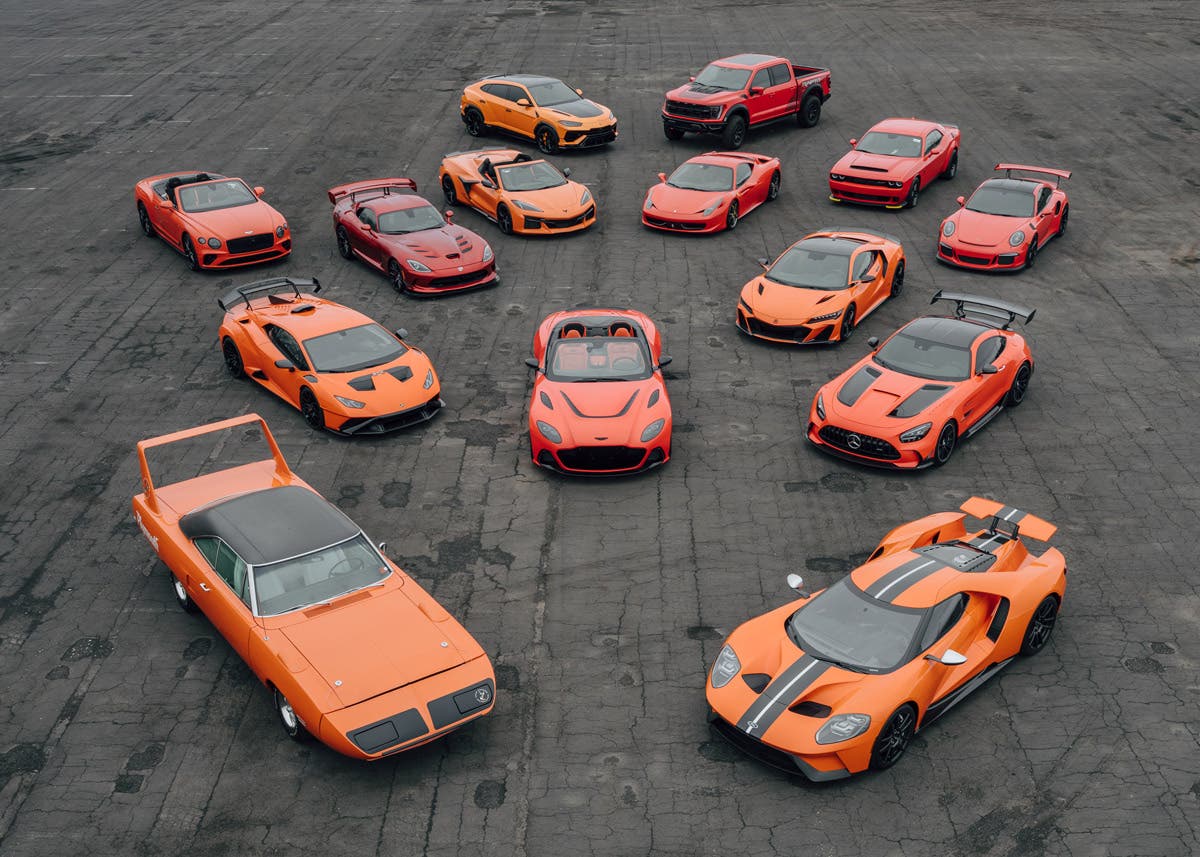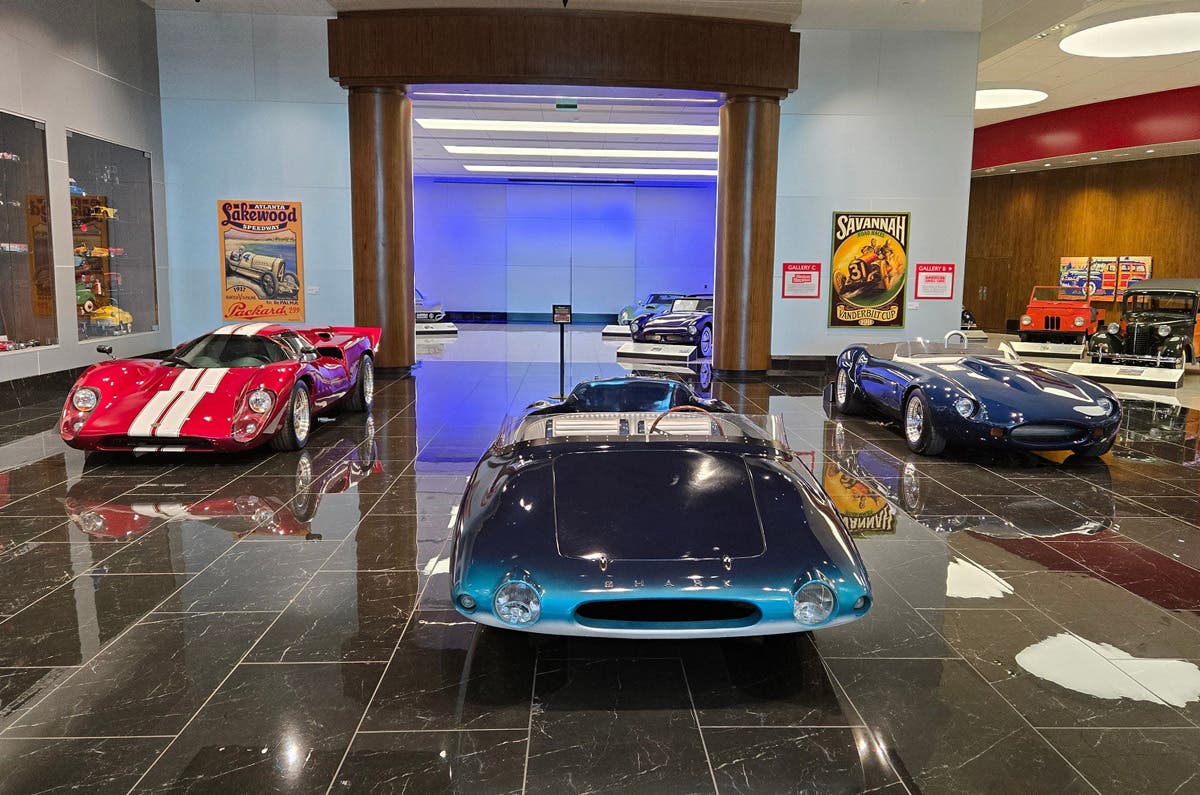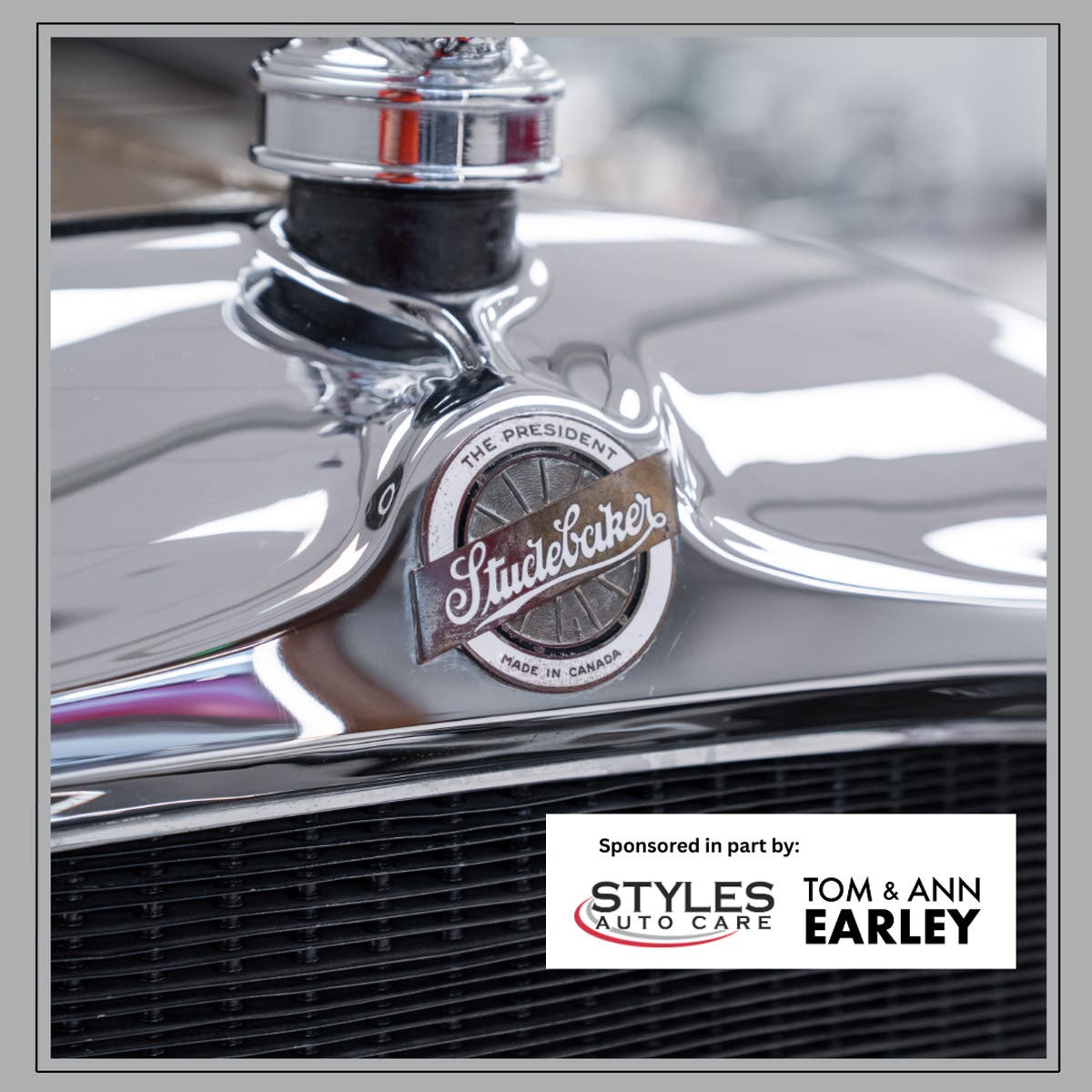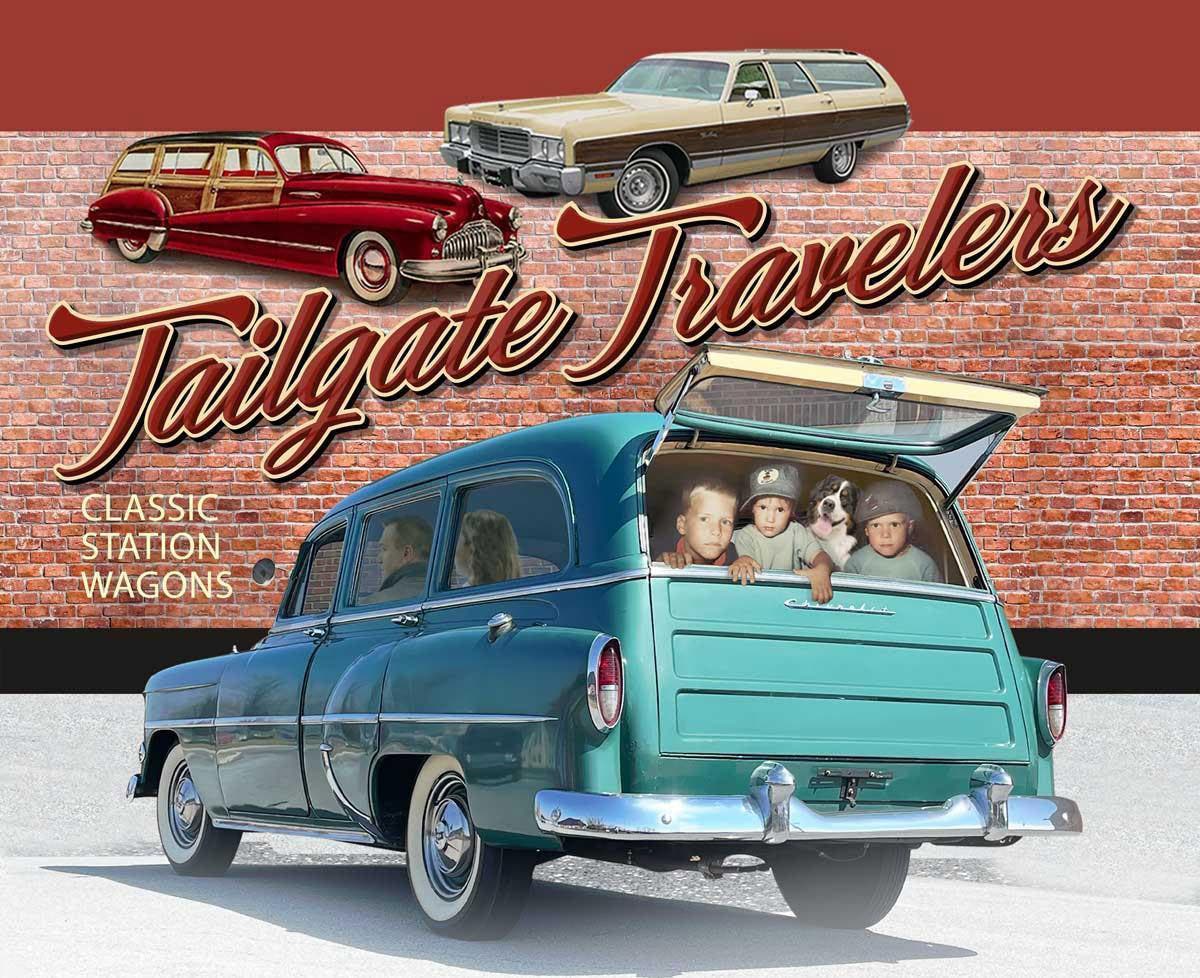Prepping for a comeback, one car at a time
Reflecting back at the New York International Auto Show, car makers look to the future through the dust of an economic downturn.
Specifying hidden rear handles for a four-door sports coupe feel,
Acura exterior designer Michelle Christensen created a “Motion
Surfacing” theme for the ZDX crossover given its world debut at
the 2009 New York International Show. “(It’s) as if a slingshot
was pulling the whole design back, giving the surface its tension,”
she explained, adding that “the rear fender is the deepest draw
we’ve (ever) been able to do.”
The trend to evoke the World Trade Center towers got started when the Time Warner Center went up in the New York Coliseum site, where the show was held from 1956 to 1986. At least two similar-looking complexes can be counted on the blocks surrounding the event’s current venue at the Jacob Javits Convention Center. Even if it’s coincidental, the resilience this rebuilding symbolizes must have heartened exhibitors reaching town between the White House’s March 27th firing of General Motors CEO Rick Wagoner and Chrysler’s Chapter 11 bankruptcy filing on April 30th.
As the 2009 NYIAS’ Good Friday public opening took place exactly one week after the new Yankee Stadium and Citi Field (succeeding Shea Stadium as the home of the Mets) hosted their first baseball games, it was similarly easy to equate the major re-shuffling of Javits Center spaces to a new batting order, underscoring which carmakers were having a good season or a bad season. Volkswagen, poised to open a billion-dollar plant in Chattanooga, Tennessee that will create 2,000 direct and 10,000 supplier jobs come 2011, got a big promotion from the first-level truck/SUV floor to a main (third) level display previously occupied by Pontiac. Pontiac (with the ax imminent after 83 years) joined Saab and Hummer in the cheap, low-ceiling tunnel under Galleria Level 4. Buick, with GMC Truck behind it, got the best exhibit area of any GM brand after moving forward from the west wall and across the aisle from Ford, while Hyundai took over the prime real estate that once put Saturn beside Toyota. Jaguar and Land-Rover, sold to India’s TATA Group at the time of the 2008 NYIAS, reflected optimism in their move from the southwest corner of the building (occupied by Cadillac this year) to more central digs near Bentley, Porsche and Mini.
Though Toyota lost more money than General Motors during 2008, every Japanese concern at Javits posited tough times wouldn’t last forever and that the recovery’s winners would be automakers that didn’t skimp on product today. “The environment, it is what it is,” said Acura Sales V.P. Jeff Conrad as he hosted the world debut of a crisply tailored ZDX fastback SUV, starting sales this fall. “We can sit back and hope the market improves, or we can generate some excitement and give people a compelling reason to visit our showrooms.”
Unveiling a five-door Lancer Sportback and an Outlander GT SUV Prototype employing a polished aluminum roof panel to lower its center of gravity, Mitsubishi North America CEO Shinichi Kurihara agreed “we too are tired of bad news, but it has given us a sharper focus on delivering exceptional value to our unique customers.” With America “still our largest market outside of Japan,” he also launched a left-hand drive version of the 5-door iMiEV electric that will see “multiple country sales including the U.S. Able to travel 75 to 100 miles on a single charge (with its 330-volt lithium ion battery), we’ve come a long way since the lead acid batteries of our first electric vehicle of the late 1960s.” Eschewing the expense required of a press conference, Nissan emphasized new school excitement with its roll-out of a 370Z Roadster (the convertible top can be activated from the outside driver’s door by anyone with its Intelligent Key in their pocket) and Nismo Z coupe, whose downforce-enhancing spoilers and side skirts are teamed with an extra-tuneful H-pipe dual exhaust yielding 350 HP.
Having posted a one percent increase in a first quarter, where overall U.S. auto sales fell off 38.4%, Hyundai Motor America President & CEO John Krafcik had good reason to be optimistic. On top of an innovative Assurance Plan allowing newly-unemployed purchasers to return their cars with no strings attached, he reported “we’ve seen a 25% increase in customers considering us and having a positive opinion of us since December.” The North American Car of the Year Award earned by the entry-luxury Genesis sedan at January’s Detroit show also spurred Hyundai to exhibit its even-bigger Equus model in New York City. Selling for Mercedes S-Class money- $74,000! - back in South Korea, this imposing 203-incher featured a free-standing twin-wing hood ornament (deletion, alas, is likely if U.S. sales are approved); a 4.6 litre “Tau” V-8 shared with the Genesis; acoustic laminated window glass; a 17-speaker Lexicon stereo; the customer’s choice of Eucalyptus, Walnut or Burled Birch interior trim; a grille-mounted, 180-degree parking camera; and the world’s first lane color recognition system.
Despite the tempests clouding their horizons, Detroit carmakers evinced similar awareness that attractive, innovative products were their only way out of the hole, even if the reinvention mandated foreign models or foreign masters. After arriving on stage in a Fiat 500 Cinquecento, Chrysler Vice-Chairman Jim Press became the first man to debut a 2011 model at Javits, bouncing the new Jeep Grand Cherokee up and down the steps of its display to stress that the longer wheelbase and enlarged door openings afforded by its Mercedes ML-Class platform (development was well advanced when Stuttgart sold its stake in Chrysler) hadn’t compromised off-road prowess. Even if the ride-and-drive proved futile once alleged “rush hour” traffic started crawling towards the nearby Lincoln Tunnel, the Ford Division impressed reporters with a preview fleet of Euro-spec Fiesta five-doors that were far better-looking and appointed than the Focus currently foisted on Dearborn’s entry-level buyers. In anticipation of U.S. sales starting in 2011, a hundred Internet-savvy Fiesta Movement “agents” will be given six-month loaners in exchange for promoting the car to fellow “Millennials” born between 1979 and 1985.
Out in the Crystal Palace entrance atrium, Ford also courted the muscle car faithful with a “Mustang Alley” pavilion highlighting the 2010 model’s many changes. This includes a more-chiseled Pony grille badge; up-kicked quarter panels; a remote trunk release retiring the traditional keyhole; sequentially-flashing LED taillamps; and the addition of AdvanceTrac stability control and a cap-less EasyFuel filler as standard equipment. In the same spirit on the opposite side of the escalators, Steve Saleen’s new SMS Supercars venture (named for his initials, with the middle being “Mark”) offered Dodge Challenger partisans more power in both 500-horse SMS 570 and 700-horse SMS 570X variants fitting twin-screw superchargers and Ram Air-style “Red Butterfly” systems where hinged hood doors boost induction intake when the driver floors the accelerator. “You don’t have to race anymore,” Saleen proposed; “just rev the engine and wink at ‘em.” While he also conceded “this is not the best climate in which to start a company … performance will never go out of style. From a historical standpoint, purchasing a Steve Saleen car has turned out to be a very good investment and I don’t see that changing anytime soon.”
As for the costly European exotics that attract so many school-age car enthusiasts to Javits during their Easter vacations, economic anxiety seemed to encourage the same sort of A-game effort that inspired the Packard V-12, Pierce Silver Arrow and Cord 810/812 during the Great Depression of the 1930s. Porsche Cars North America CEO Detlev von Platen called the latest 911 GT3 “exactly the right statement in this dire environment” with its 435 HP flat six engine and carbon ceramic brakes affording a 194 MPH top speed that the driver can actually back off from without fading (a front axle lifting system, raising the car’s nose so it can clear steeply-angled driveways, was a $3,490 option on the $126,505 display car). While the 7,604 cars Bentley built in 2008 marked a 24% tumble from 2007’s record, Sales & Marketing Board Member Stuart McCullough reported that North America remained the brand’s biggest market with 2,863 sales. “We adopted a clear strategy early in the downtown,” he told the press, “diverting product to faster growing markets in China and the Middle East. We always try to produce one car less than the market requires.” To honor Bentley’s 90th anniversary, he also staged the New York debut of a two-seat, $267,000 Continental Supersports touting a 204 MPH top end and a 0-60 time of 3.7 seconds. Recalling it was “originally an experiment that became a full-fledged program,” McCullough said its 6-Litre, 621 HP W-12 is the first production Bentley engine that can run on “petrol, bio-ethanol or any mix of the two while power and torque remain seamlessly constant, Bentley-style.” Unsurprisingly, “the name was inspired by the original 3-Litre Supersport of 1925, which was our first car to reach 100 mph.”
Thankfully, the season’s fiscal turmoil did not deter those bold, imaginative dreamers one typically discovers in the rear-most extremes of Javits - Level 1. Billing himself as the “designer, builder, CEO, secretary and cleaner” of his San Diego-based operation, Israeli native Elad Barkan showed a unique mid-engine pickup concept dubbed the Barkin Counter Balance. Its GM gasoline V-8 is mounted beneath a theater-style second row seat that has its own windshield above the driver’s area. Having studied transportation at Turin, Italy’s Industito d’Arte Applicata Design (IAAD), Barkan recalled that “My idea for a mid-engine pickup came from how weight distribution is way off when a regular truck is not loaded. If you want it to handle, you’re not really there.” The vibrant yellow exhibit vehicle at Javits was actually his second prototype, as the three years of effort expended on the first was lost to an October 2007 wildfire only three days after completion. “A charred plastic star from one of the wheel centers was the only part that survived, saved in a mash of melted aluminum,” he recalled.
Aside from wanting “to help people to have an exciting, practical SUV (alternative at a time) when people are criticizing them,” Barkan added that “my goal in showing here at Javits is that I would like to build 200 as a limited edition and take it from there. I could have made the Detroit show, but I think the way the team at the New York auto show was so enthused and welcoming motivates me even more - (NYIAS Manager Candida) Romanelli really liked the truck and the story behind it. Before exhibiting this year, I had been to the New York as a spectator, and the people are so enthusiastic you can’t even walk around.”



